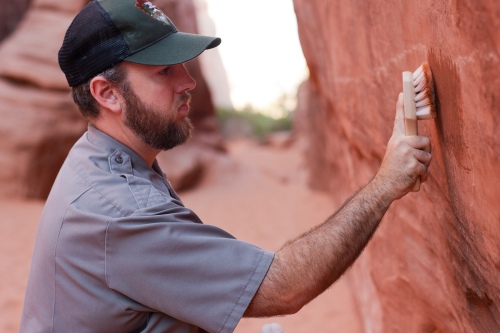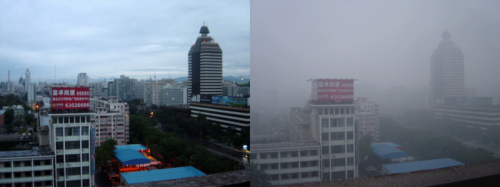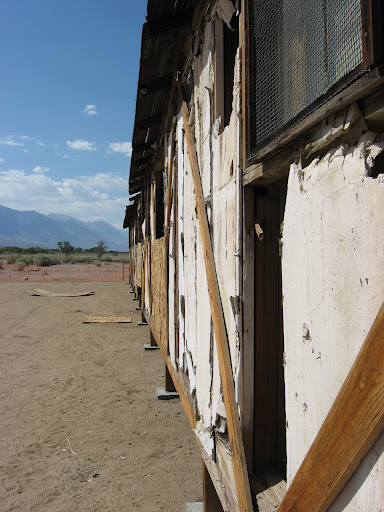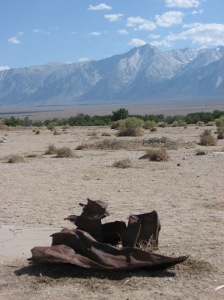Increased Graffiti in National Parks: How Detached, How sad
There was a troubling article in the New York Times last week about the growing rise of graffiti and vandalism in National Parks. According to the article, park officials claim that this escalating trend is hard to enforce, expensive to clean up (especially with ever-dwindling budgets), and fueled, possibly, by social media since violators can now quickly share and gawk at their perversions online. Yet, the social media linkage is only speculative; the cause for this rising issue remains unknown.
I wonder if the cause is a broader reflection of how perceptions of nature evolve over time. Today “being green” is vogue (and I do not mean that cynically), but our “greening” of the world often remains an incredibly industrialized process. People, young adults especially, relocate to high-tech centers, wear recycled, expensive clothing, eat localized food, and worry, slightly, about climate change. However, this ethos does not necessarily translate into a deeper understanding or appreciation of wild spaces. For the complex symbiosis of an ecosystem transcends all boundaries. There is not a single region of wilderness in the entire world that escapes the impact (for good or worse) of modernization. However, nature is instead perceived as an “other” or something far away. The world is compartmentalize and we sever an important perception…and detach.
Perhaps I over analyze? Maybe the attention seeking vandals are beyond any understanding and representative of a fringe counterculture? And other larger issues remain. Development and fossil fuel extraction continues to ring the perimeter of national parks, forming small islands of preservation. Zoos are created instead, and the budgets and personnel needed to manage it are sequestered collateral damage. We also enter a deeply suspicious and cynical era where so many fault the government for all their woes and blast contempt at the very notion of a public good. This all hovers under a blanket of procrastination since major world leaders fail to address epic environmental problems of the day.
The graffiti is an ulcer of disappointment. It is hard to understand. Shifting perceptions and a limited appreciation of nature may warp an individual. But whatever the rationale, these violations are also metaphoric signs of pending pressures and looming dangers from much greater vandals.

As budgets squeeze for the National Park Services, cleanup efforts, like this in Arches National Park, will dwindle. Image credit: Andrew Kuhn, Flickr









